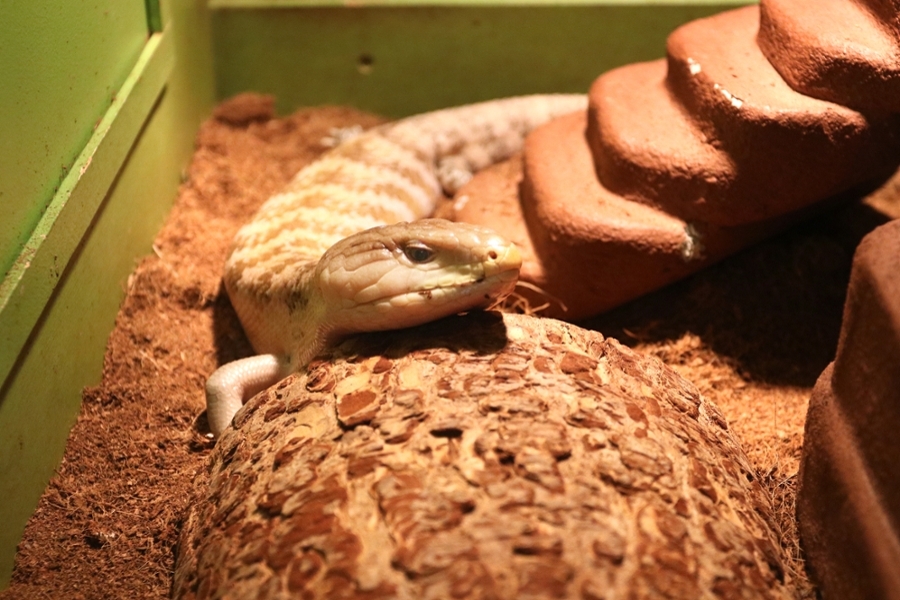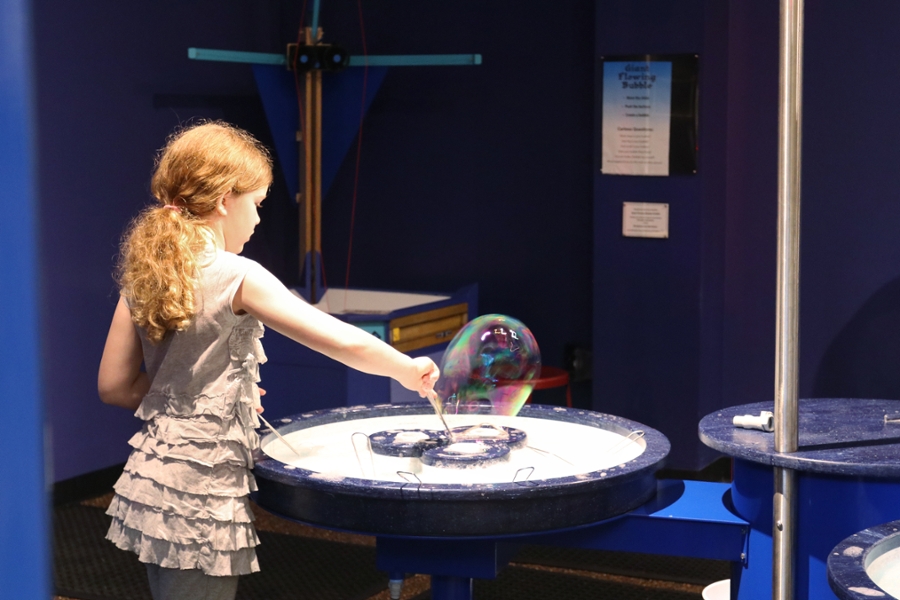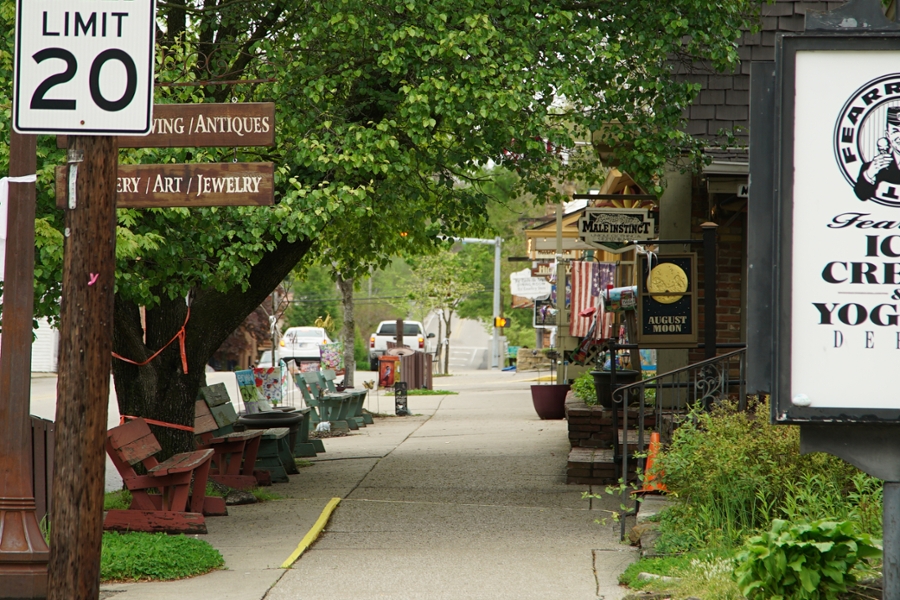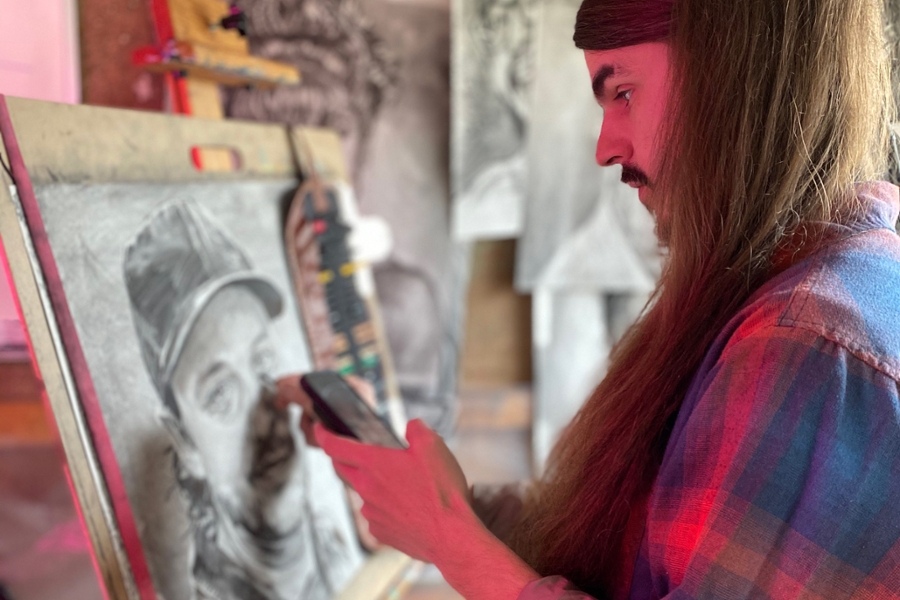“Scientific inquiry asks, ‘How can I do X? I have no idea, but I’m going to try. And there’s not really going to be a right or wrong answer,” said Aleisha Kropf, marketing and communications director for WonderLab.
That’s the philosophy behind the WonderLab, Bloomington’s all-ages, hands-on science center with over 65 exhibits of all stripes.
“There is not really a right or wrong way to use exhibits, obviously outside of getting hurt or hurting each other, so that said, we encourage them to figure it out,” Kropf said.

Unlike your typical museum, you won’t find any “Do Not Touch” signs at WonderLab. Kids are free to explore, interact and create using a gallery filled with scientific components meant for learning and play.
Exhibits like Water Works, the Cloudball Machine and the magnetic liquid in Magnetoscope help illustrate how elemental properties work.
From the saltwater aquarium to the insect and reptile exhibit, there’s no shortage of live animals to observe. And a staff filled with scientists means the learning continues even after nature takes its course.

Seth was a snake that everyone thought was male until, much to the surprise of her handlers, she laid 12 “slugs,” or non-viable eggs. Months later, she laid three more before dying. The gallery manager decided to perform an autopsy to find out the cause of death.
“He announced over the speakers in the staff areas that he would be in the back room if anyone wants to come. Literally every single person who didn’t absolutely have to be at their desk came back to watch,” Kropf said. “Every person from the main scheduler to the gift store people thought, ‘That’s interesting. We want to see that.’ And that’s the kind of cool stuff that happens here.”
The autopsy confirmed that an egg had gotten stuck in the snake’s vent, which caused a blockage. The staff was then able to use videos and photos of the dissection and autopsy in a summer camp special called Animal MD to talk about animal healthcare.
“I always think of the museum as the tip of the iceberg,” said Kropf. “The museum is the very visible thing that’s happening but it’s massive underneath. We have professional development with interns, volunteers, and programs for teachers that go on year round.”

It’s not just kids who want a chance to make bubbles or reach the top of the Grapevine Climber. WonderLab After Dark provides adults ages 21 and older with a chance to have the museum all to themselves to eat, drink and play while participating in themed, hands-on science-related activities.
“What we’re seeing is that while people can go and look and enjoy things, really the most enriching educational points in a museum is when you have an experiential component,” said Museum Outreach and Elementary Education Specialist Shelbie Porter. “It’s easier for us because science is inherently experiential.”
For more information visit WonderLab.org




